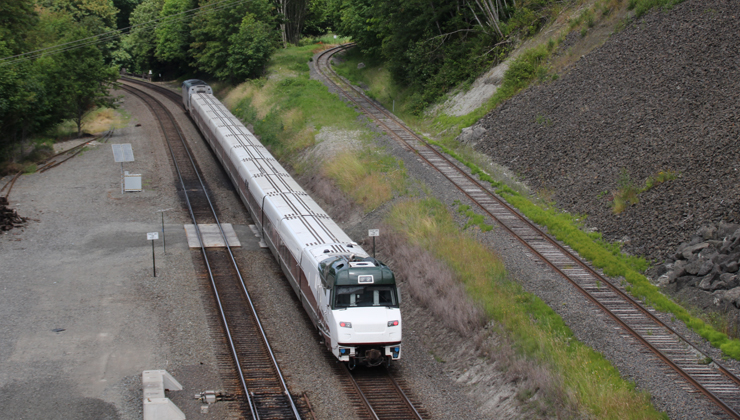
SEATTLE — Almost four years after the derailment that halted its use, Amtrak trains will return to the Point Defiance bypass south of Tacoma, Wash., on Thursday, Nov. 18.
Initially, eight trains — the Amtrak Cascades service and the Coast Starlight — will use the 14.5-mile inland route, which parallels Interstate 5. It departs from the current coastal route at Nisqually, Wash., and rejoins in Tacoma. Additional trains will be added as COVID-19 restrictions ease. Tacoma traffic will move from the current location to the Tacoma Dome station, about a half-mile away in the Freighthouse Square area near 25th Street.
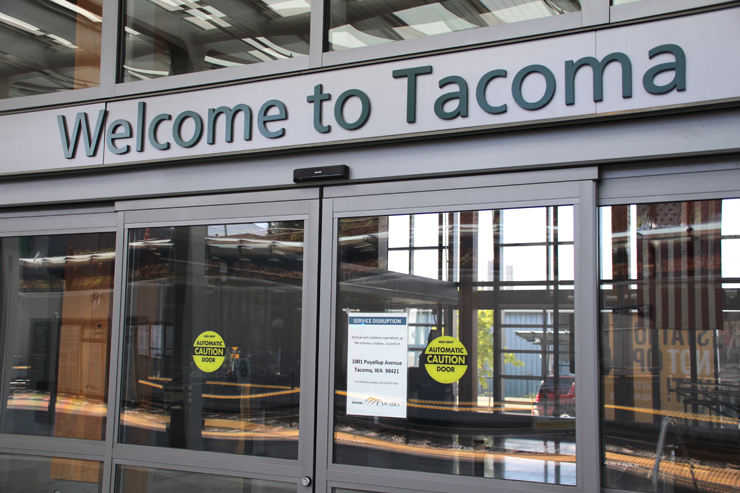
The first train using the bypass will leave Seattle at 7:22 a.m., arriving at the Tacoma Dome station at 8:08 a.m. The first northbound train will leave Eugene, Ore., at 5:30 a.m. and Portland at 8:20 a.m., arriving at 10:54 a.m.
Trains return after what Amtrak calls intensive system testing, crew qualifications and safety certification in partnership with Sound Transit, which owns the line and uses part for its Sounder commuter trains to Lakewood, Wash. Positive train control is now operational on the route. Other safety measures include an Amtrak Safety Management System including additional training, processes to mitigate risk, and enhanced reporting standards; upgraded simulator training; requalification of all crew members, and step-down speed restrictions to ensure proper train speed.
“Amtrak is continuously improving safety for the benefit of our customers, employees, and the communities we serve,” Amtrak President Stephen Gardner said in a press release. “We are ready to safely resume service on the Bypass consistent with the steps required by our host railroad, Sound Transit, the Federal Railroad Administration and our own Safety Management System.”
Those moves largely reflect recommendations that came from a highly critical report on the Dec. 18, 2017, derailment of a Cascades train at DuPont, Wash. [see “National Transportation Safety Board says multiple state and federal agencies failed …,” Trains News Wire, May 21, 2019]. The derailment of the first Amtrak train to use the bypass came when the train entered a 30-mph corner at 78 mph, leaving the track at a bridge, with some of the train ending up below on I-5. Three people died and more than 70 were injured.
The lengthy process of returning the route to service saw Amtrak begin the operation of test trains early this year [see “Digest: Amtrak to run test trains …,” News Wire, Jan. 8, 2021].






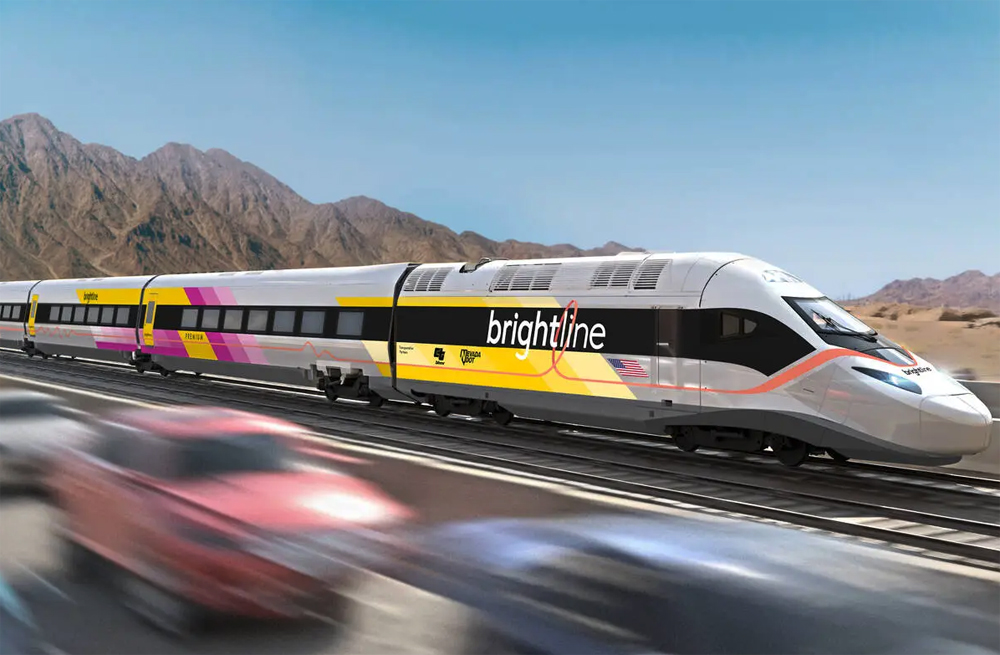
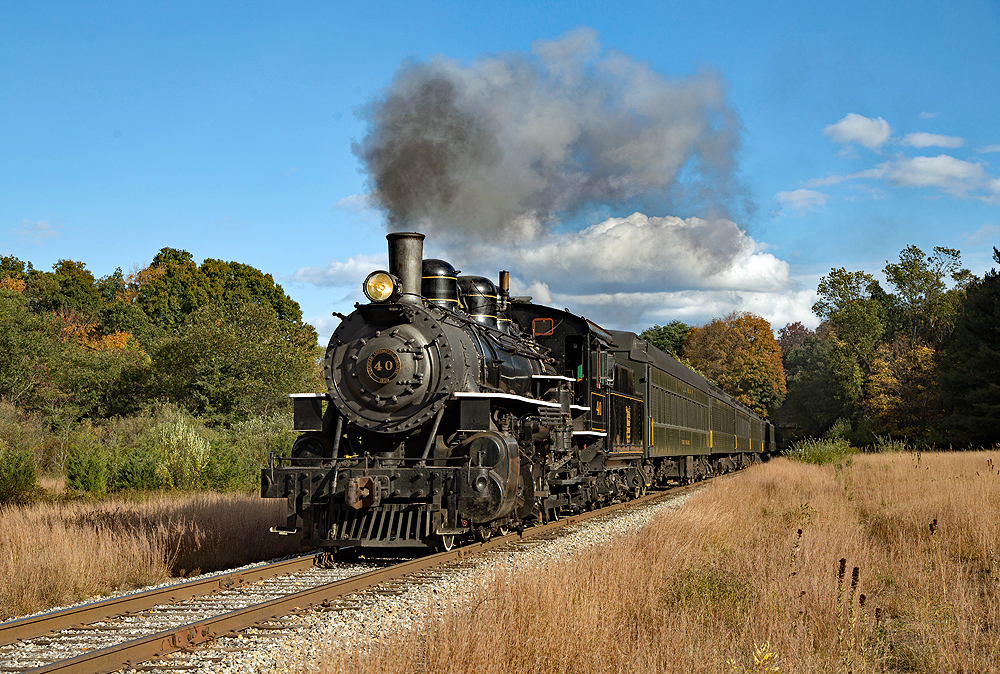
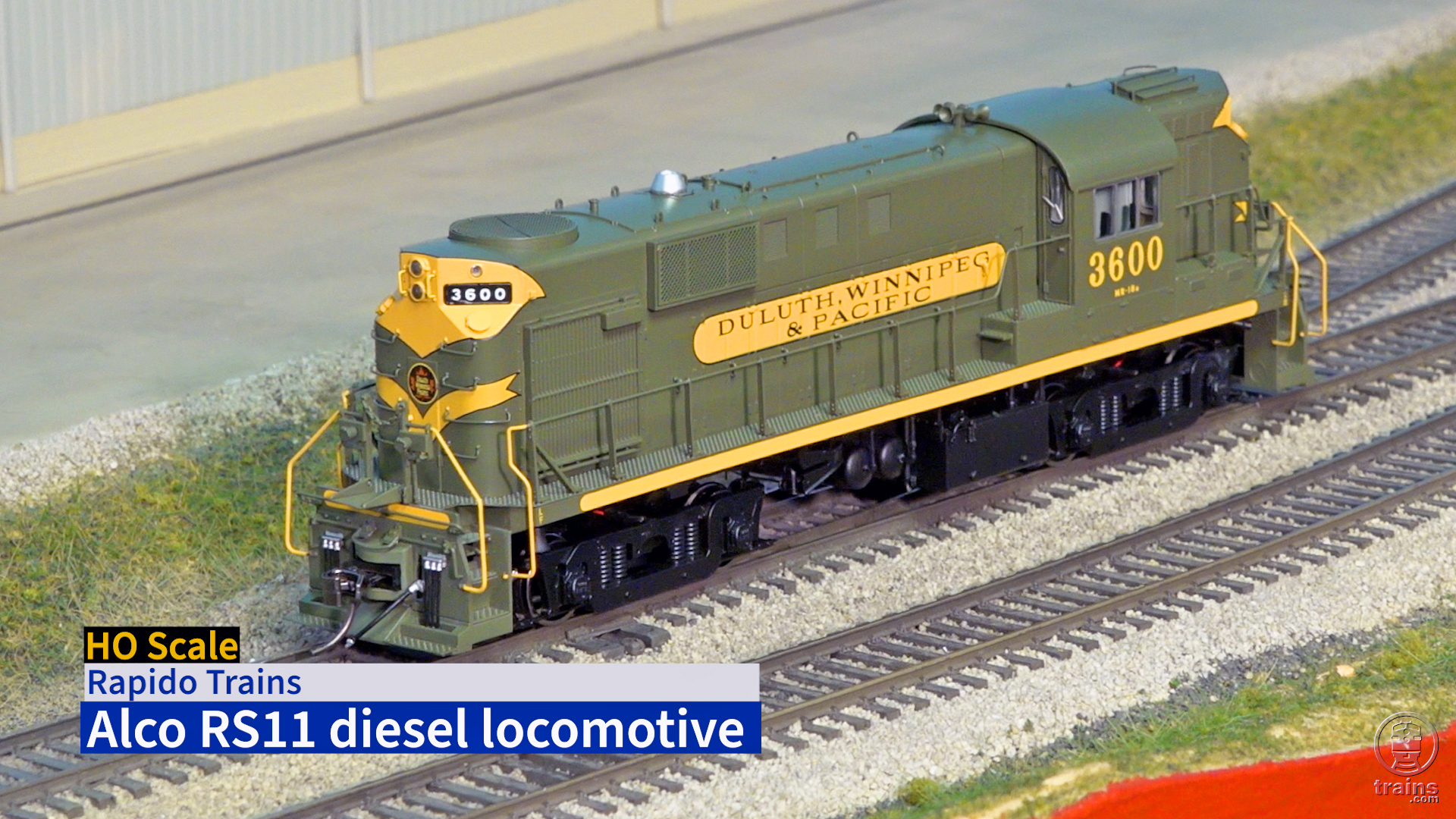
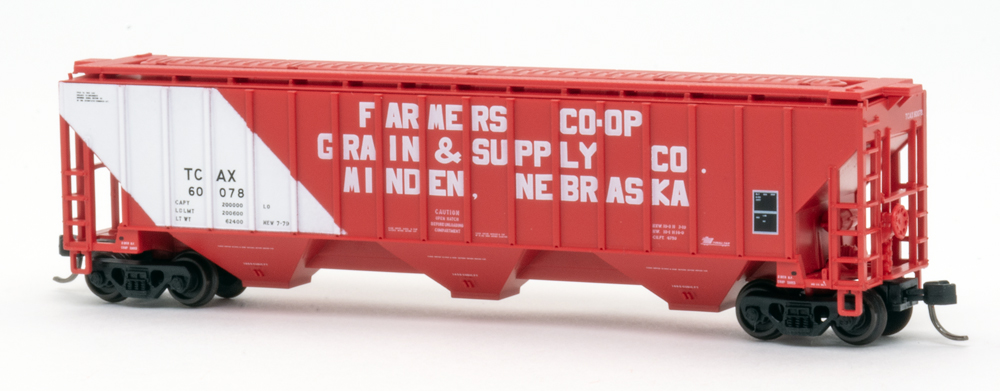




“Europeans build better roads and rail systems…”
Have you ever driven European roads? Generally, they follow the same paths that were dirt tracks 5 centuries and more ago.
As for rail, I’ve ridden some amazingly difficult trackage there that has never been realigned or upgraded b/c the government decided it wasn’t worth the effort.
In fact, eight years back, a Spanish RENFE high-speed train left the rails on a tight curve and killed quite a few people. EXACT same situation as the Point Defiance Bypass. See: https://en.wikipedia.org/wiki/Santiago_de_Compostela_derailment
It is not trivial to re-route a railroad. This is especially true right at this junction, since it travels the lower edge of a section of Fort Lewis Army Base. If you look at a topo map, the lines are relatively close together meaning changes in elevation. I don’t know if the Army approached about making significant size loop on the property, nor do I know whether the Army would think it be justified just to avoid a 30 mile an hour curve.
I do think that railroaders are hidebound. A little thinking of how to avoid a potential problem when starting a new operation might have rigged up something along the lines of the street speed warning signs along the right of way a half mile or so from the bridge that would have given them time to slow down. It would have burned it into the minds of the operating crew that someone thought this was a dangerous area.
The reason this curve exists is because when the Pacific Highway replacement (I-5) was being built the Northern Pacific Railroad performed a split after crossing the Nisqually River. one line went by way of Point Defiance, the other way crossed a ridge to reach the Puyallup River basin.
So the ROW at the time (1954) on the Puyallup route was straight after the split, but when I-5 came along the DOT asked the railroad to move so they didn’t have to build a high 2 part overpass (I-5 has a broad non standard median here) so as to keep the railroad out of the highway median.
The NP agreed and the compromise was the 30mph curve to get the railroad over I-5 south of Nisqually Road SW (which is the “old” Pacific Highway)
Looking at Google Earth, you can still see where the former NP straight route used to go before they had to move it.
One thing not mentioned so far is that Amtrak, for whatever reason, did not have the division’s Road Foreman of Engines riding up with the engineer. An RFE qualified on the territory riding the head end on high-profile inaugural revenue passenger train runs has been a tradition since forever. Had one been riding Train #501 that morning, it seems certain he/she would have alerted the engineer he was approaching a 30mph speed restriction when the engineer wasn’t beginning to brake at the appropriate distance from the restriction. The absence of an RFE on the head end, IMHO, is the real reason for the derailment. As far as I know it has never been revealed why Amtrak failed at that.
Positive Train Control is not a panacea for safety. It is an aid to help avoid gross negligence and stupidity. Any who has observed Japanese train drivers knows that while they have extensive Automatic Train Control installed it is still up to the driver to ensure rules and safety are complied. The discipline of Japanese train drivers with their ingrained (and recorded) See-Say-Do methodology ensure safety above all else. See – physically point at signal or sign, Say – out loud speak what the signal or sign represent, and Do – perform the required action. The Point Washington accident and many other accidents could have been avoided if the discipline of the See-Say-Do safety methodology had been implemented. The airlines pilots are required to do much the same type of actions. It’s time the railroad industry makes a similar effort to improve safety.
Agree with all the above. Europeans build better roads and rail systems because they are willing to make the upfront invest in better geometry & design, willing to separate the two, but wouldn’t be surprised that they also come to final design & engineering as well as a decision at a fraction of cost versus our fragmented way of everyone gets to add something & a slice of the pie.
…
Yes to Charles comment as well. When you know that you have something subpar to work with you double down on the thing(s) that you can impact and that was making sure the engineer was qualified and know what was exactly at the end of that long tangent – a very sharp curve by any stretch of rail standards – and speed had to be sufficiently reduced well before the bridge. PTC and machines will help but nothing comes close to what humans are capable of managing when aware.
I had the opportunity to view the wreck location a few weeks ago, and while I agree with your statements that there were multiple lapses in safety culture and performance from design through operation, I respectfully disagree that the route, or at least the track geometry at the wreck location, isn’t a problem. Having a tight curve after a very long tangent may be interesting in auto racing, but it is not ideal for rail operations where timetable speed will be well above the curve restriction. My understanding is that the curve was retained to save cost early on in the project, I imagine with the argument that it could be mitigated through safe operational oversight. Day one proved that operational restrictions weren’t enough. Since then a bunch more operational mitigations have been layered on, but to say the route isn’t to blame is to dismiss the idea that improved geometry at the wreck location is a viable, effective, and ultimately a better solution.
I agree with you. The tight curve should have been addressed and eliminated during early engineering. Although the engineer did in fact make a horrible mistake he is human and humans make mistakes. Reading some of the above comments there may be a few perfect people on this site who haven’t and think they never will make a terrible mistake. I hope they are right.
This is the world’s only passenger route that negotiates a sharp curve? Everything else is tangent or gentle spirals built to the highest standard?
A better engineered track might have been welcome. Still in all it’s not the fault of the track that the train exceeded the speed limit. It was the fault of the engine crew.
Yes we all have made dreadful mistakes. I have made terrible mistakes in my own career. For me to state that the train driver made a horrid mistake in the cab is not the same as accusing him of being unfit for duty.
There was signage to reduce speed for the curve, but the engineer missed it. There was evidence that he was being distracted by the assistant conductor who was in the cab with him. He did hit the brakes when the curve became visible, but he was still over 60mph for a 30mph curve.
I concur that the route was never in question. The engineer responsible for the wreck failed to familiarize himself with the time table for that territory.
Passing the buck to who was responsible for safety is the deep pockets philosophy of our modern culture.
I don’t know how the engineer lives with himself after making such a gross error.
The primary engineer called off, so they called the secondary engineer from Amtrak out of bed to come operate. He in fact did ask for the operational guide since he was unfamiliar with the route. There wasn’t one. So they put an assistant conductor in the control cab in with the engineer to assist with operations. But the assistant conductor had no operation expertise on the line either! With all the big wigs, politicos and a contingent of press covering the event, there was a reluctance to “rock the boat” and block the hoopla. The engineer clearly could have made a claim that they were violating union rules for engineers and the event would have been cancelled. But no one from Sound Transit was even aware of what was needed.
Charles, you are correct, the route was never the issue. The problem started with Sound Transit which had an wholly inadequate safety culture. The owner of the line is responsible for establishing the safety standards. The safety officer at the time for Sound Transit was a loyal & dedicated employee, but had no background in rail operational safety other than submitting forms and sitting in meetings.
Since Amtrak was the operator, SoundTransit thought Amtrak was the safety organizer. Amtrak thought WSDOT, as the owner of the trainset was the safety organizer.
And there you have it. Sound Transit transferred the employee to a new role and hired a safety officer with operational experience, but as you can see, the driver of the policies and standards ended up being for the most part Amtrak.
Essentially Amtrak had to train Sound Transit how to run a rail operation with a safety culture.
It took four years to return to the route when the route wasn’t the problem. The problem was the flight deck crew, not the route — and even that was soon fixed with PTC.